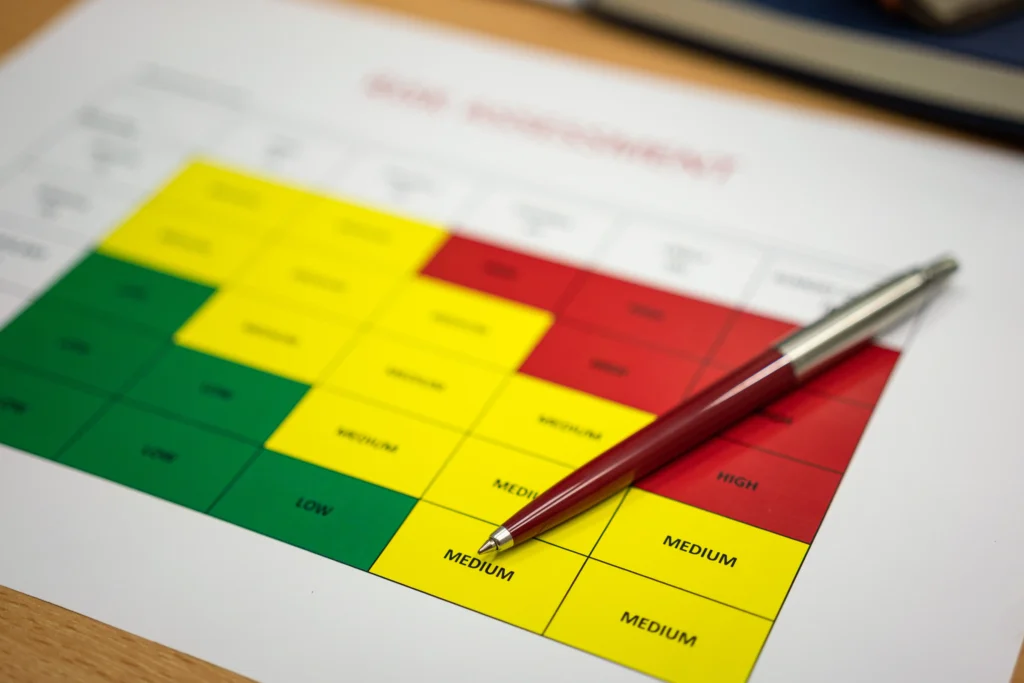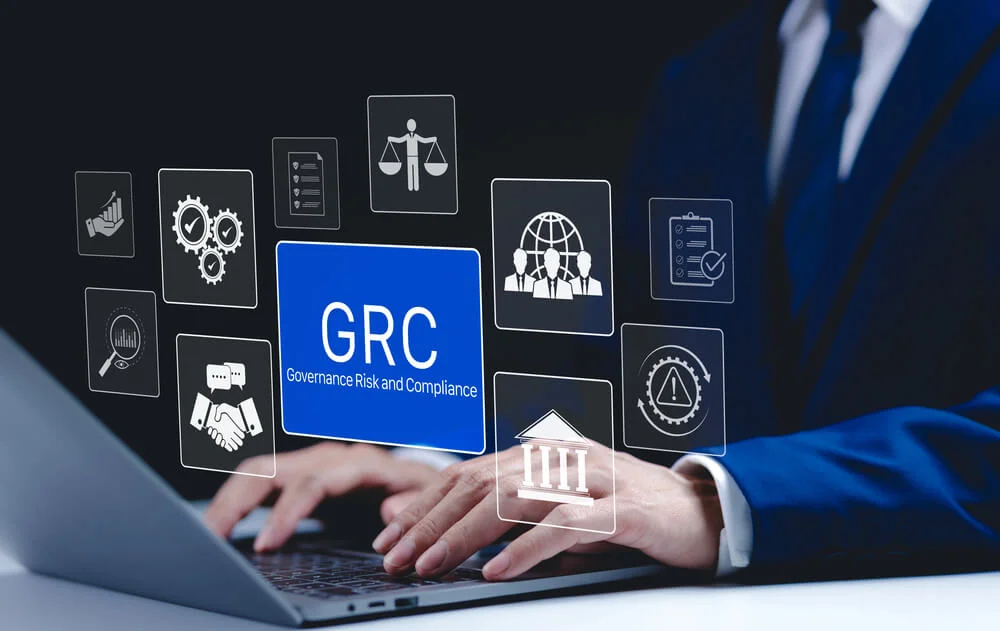7 Strategies To Increase Risk Awareness
In 2012, the Harvard Business Review wrote that incorrect prioritization of risk was a major contributing force in the infamous BP oil spill. More recently, the aerospace manufacturer Boeing faced its own risk management crisis as quality control errors become headline news. What to learn from this? Risk awareness is vital to every organization.
Risk is an unavoidable part of business operations across every industry. While some risks may fall within an organization’s risk appetite and provide competitive advantages, others can endanger the entire enterprise. Proven strategies can raise this awareness and increase security.

What Is Risk Awareness?
The basic concept is the ability of an individual or an organization to recognize, prioritize and respond to possible threats and issues that could negatively affect the organization. Proper awareness involves more than simply consulting guidelines or knowing the basics of company policies regarding risk.
Think of crossing a busy street during rush hour. A crossing sign that says to walk does not necessarily mean it is safe to cross. A pedestrian must always look both ways until it becomes a well-ingrained habit.
Risk management requires a strong skillset of knowledge and vigilance from all members of an organization. Likewise, successful strategies for raising awareness don’t rely on policies alone or a single dedicated department. Risk awareness measures must transform the way an organization approaches decisions on every managerial level.
What Is Risk-Aware Culture?
In a risk-aware culture, all members of an organization are well-versed in the concerns specific to their role and the organization overall. They act with these risks in mind at all times.
All employees must be responsible for risk management, security and compliance, not just a specific department. A risk-aware culture encourages employees to recognize and report potential risk factors. Once an employee makes a report, there must be measures in place to manage the reports and respond quickly to potential threats. The more deeply a risk-aware culture permeates an organization, the stronger its protection.
What Is the Purpose of Management Risk Awareness?
For managers, awareness can save an organization months or years of unnecessary time and effort. Identifying potential risks before they escalate keeps an organization on track to achieve its goals. Identifying and responding also increases management’s overall adaptability, as risk-aware managers are more closely attuned to the current market.
Additionally, employees take their cues from upper management decisions. Risk-aware managers create risk-aware employees who are better able to report issues they come across while performing their roles. This can lead to quicker detection and mitigated damage from threats such as data breaches. Currently, it takes the average business 287 days to detect and contain a breach.
7 Strategies To Increase Risk Awareness in an Organization
Use these seven proven strategies to foster an aware culture within an organization.
1. Clarify and Document the Organization’s Approach to Risk
The first step in any risk management endeavor is defining the organization’s general approach, sometimes referred to as its “risk appetite.” This will vary by industry and individual businesses’ core values.
Highly regulated industries such as healthcare and finance generally benefit from a low risk appetite and a focus on compliance. Clearly defining and explaining which risks are acceptable and which are not plants the seeds of risk-aware culture in an organization.
2. Implement Frequent Risk Management Training for All Employees
Most organizations know to train employees on risk, but many forms of this training are too superficial to meaningfully increase awareness. Effective training sharpens employees’ conceptualization of risk and encourages them to think critically and proactively about potential threats. Engaging strategies such as video training or interactive training are more effective than text-based briefings or lists of company policies.
3. Broadcast Risk-Aware Upper Management Decisions
Organizations can steer towards a risk-aware culture by explaining major upper management decisions. If employees see and comprehend how the company as a whole manages risk, they can apply this to their specific roles for greater protection.
4. Make Threat Reporting Easy, Clear and Accessible
Large-scale disasters all too often involve stories of lower-level employees who realized problems but were discouraged from reporting threats. This discouragement can be subtle rather than overtly punitive. For example, an employee on a deadline may feel discouraged from reporting an issue that would complicate a time-sensitive project.
Part of risk awareness is actively encouraging employees to report potential issues and making this process easy. Create and share a clear protocol for reporting within your organization to identify threats before they escalate.
5. Establish Risk Committees and Subcommittees
Delegating threat-related tasks to specific individuals is more effective than spreading them generally through a department. In addition to a dedicated committee, form subcommittees to tackle individual issues and monitor high-risk operations within the organization.
6. Automate Risk Management Data Collection
Hard data collection is another key component of risk awareness. Advanced risk management software delivers reliable data on threats and compliance concerns in an easy-to-interpret, all-in-one platform.
Automating data collection is vital to compliance and security certifications because this task is too time-consuming to perform manually. Auditors grade organizations on the amount of hard data used in their security planning and decision-making processes. Data is also vital to communicate to your employees, customers, partners and shareholders that your risk management methods are effective.
7. Pursue an Independent Certification
Certification organizations such as ISO 27001 provide a structure and method by which organizations can develop their risk management strategies. While pursuing these certifications is expensive and labor-intensive, the organization benefits in the long term from increased compliance and threat protection. Independent auditors can also spot risk factors that the organization may have overlooked.
Free Security Assessment Today
How Can Industry-Leading Compliance Software Increase Risk Awareness?
Increasing risk awareness should be an organization’s first step in a comprehensive risk management strategy. This step is never truly complete, however, as new and existing threats are always evolving.
Software from Compyl enables organizations to stay on top of their security and compliance, automating data collection and streamlining the processes of multiple security certifications. Request a demo to see how Compyl can help your business manage risk.




